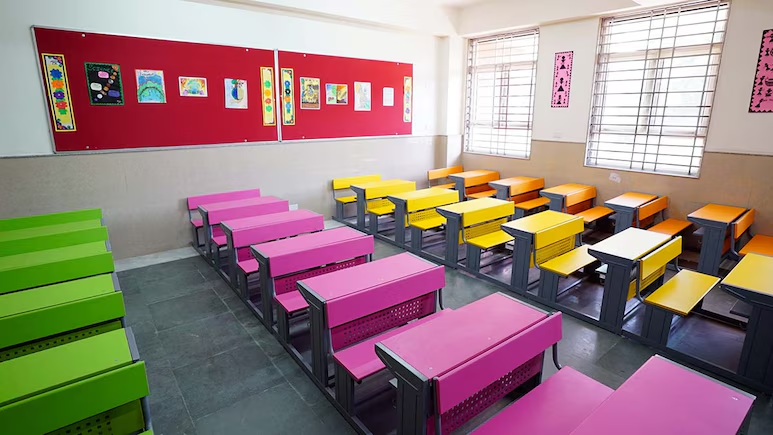
The Indian Institute of Technology (IIT) Gandhinagar has come out with a white paper on the COVID-19 Care Facility it established in the campus in April, 2021, during the second wave of the pandemic. Other institutions and communities across the country will benefit from their experience in setting up an in-house COVID care facility, an official statement said.
The white paper is publicly available on the official website of the institute.
Explaining the motive behind developing and releasing the white paper, Professor Sudhir Jain, Director, IITGN, said, “We are experiencing an unprecedented global health crisis that demands unconventional and urgent action to support and care for each other.”
“At IITGN, we did not have the benefit of a guiding document or a Standard Operating Procedure that we could follow at the start...This Whitepaper is released with the hope that our experience and lessons can inform other institutions and organiations interested in developing similar facilities to support their communities during the pandemic….” Prof Jain added.
IITGN converted its guest house to a COVID care facility. More than 240 patients were served at the facility from April 1 to May 15, including a peak of 95 in mid-April 2021, the institute said.
At its peak during April 2021, IIT Gandhinagar had a total of 248 active COVID-19 cases, of which 162 were on campus and the remaining were off-campus students, staff, outsourced workers, and their families.
The Covid care facility provided health services, such as oxygen contractors, respirators, and basic health services, up to the point that the patient required hospitalization, IIT Gandhinagar said. “The development of similar facilities by other communities, likewise, would be beneficial not just to their community members, but equally to the national fight against the pandemic,” it said.
The Union Ministry of Health and Family Welfare on May 17, 2021, suggested the creation of 30-bed COVID care centres in schools, community halls, panchayat buildings, educational institutions, housing societies and other communities.
“This will go a long way in relieving the pressure on India's medical infrastructure, which is severely strained with shortages of beds, oxygen concentrators, oxygen tanks and respirators, among other facilities,” the institute said.
